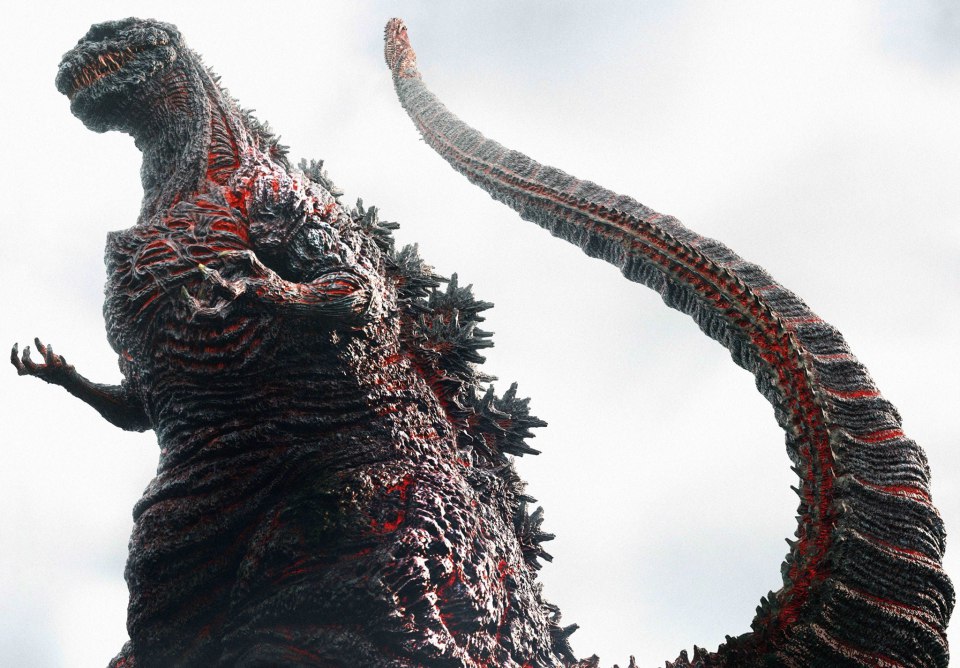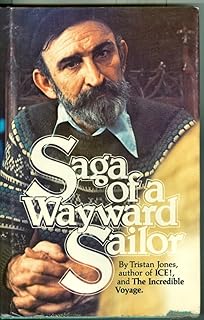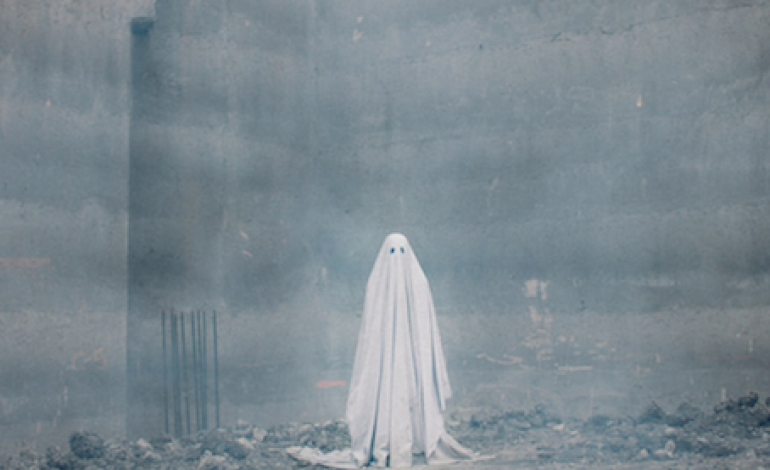Rising from the depths to wreak havoc and terror it's . . . oops! Never mind!
Apparently, Toho Studios, the original creators of
Godzilla, weren’t entirely happy with Gareth Edwards’ Americanized rendition of
the venerable fable from 2014. I wasn’t entirely happy with it myself—matching
up twin monsters against the Big Guy defused the thrills, and also thinned the
underlying message of Godzilla as the price humanity pays for its environmental destruction. It flirted with making him into the friendly toy puppet he played
for the bulk of his cinematic life. (That view may have inspired Barney and Friends, a crime that should
forever soil modern pop culture--I’ll bet a month’s pay on that.)
So hardly two years later, Toho returns with a new remake,
titled Shin Godzilla, (Godzilla: Resurgence) that boots the
extra monsters and tries to strip the myth back to its atavistic soul. I truly
wish I could say I liked this one as well as the 1954 original, still much the
best (both with and without Raymond Burr). Unfortunately, Shin Godzilla comes with problems of its own.

There, that's more like it . . . that tail's a bit much, though.
This Godzilla (or “Gojira” as real fans call him) saw a limited U.S. release this year and is now
available on video. It wastes little time, in keeping with our impatient era,
as he rumbles and lumbers ashore in the first five minutes to wreak havoc on
Japan. Interestingly, he’s virtually legless at first, a scaly slug dragging
and flopping upriver, like a turtle without its shell. Someone also goofed his
makeup, because they’ve stuck what amounts to two plastic-looking goofy doll
eyes, in his head, like they grabbed him off the shelf at Toys”R”Us. It’s not a
good look.
Fortunately, this error passes as we learn that this
Godzilla can rapidly evolve himself. Soon, he’s up on his two feet (with a
weirdly long tail you may not be able to stop from staring at, it seems so out
of proportion) and happily raising hell wherever he goes. The filming is truly
and awesomely spectacular here, much of it shot from high angles that give epic
perspective to the destruction. His powers also evolve and before long he’s
firing death rays from all parts of his body, cutting skyscrapers off at the first floor.
Before long, the people of Japan, namely politicians, the
military and scientists, all crash into the narrative. The screenplay skips
frantically about in documentary style, rationalizing and explaining Godzilla
in scientific and evolutionary terms in great and painful detail, while, at the
same time, presenting a step-by-step procedural account of how authorities,
after much frantic drama, finally unite to fight the beast (In case we ever
face this situation here in the Bay Area, we’ll have this movie as a guide). We
never get our feet down or find any focus. This time, I actually missed Raymond
Burr.
They finally reach a point where they’re able to temporarily
stop Godzilla in his tracks. Unfortunately, the movie stops too as it whips and
jumps back and forth and around the various parties, detailing the assembly of each
moving part as they mount their final attack on Godzilla.
This sequence goes on to the point the Big Guy becomes like
a Hitchcock MacGuffin, an excuse for the characters to get together rather than
the raison d’état. Godzilla as a
symbol for the horrors of Fukushima needs no emphasis. But this version seems
determined to use Godzilla to portray Japanese society uniting to fight off
disaster. None of these scenes are memorable, with most of the dialogue and
performances strictly functional and almost none of the characters making an
impression, except for a young Japanese-American female diplomat with
presidential aspirations . . . yes, U.S. presidential
aspirations. (The U.S. takes a few sharp elbows throughout.)
In its frantic attempt to wow us—at which it occasionally
succeeds—Shin Godzilla comes close to
rationalizing its title character to a nub. A fine-grained scientific
explanation isn’t required in a fantasy film. They’re better off without one. The
awe and mystery, which I believe to be at the heart of all monster stories,
won’t be found here. In fantasy stories, a little explanation goes far enough.
It Came from
Outer Space, the 1953 science
fiction movie that inspired Steven Spielberg to one of his greatest, Close Encounters of the Third Kind, still
plays pretty well over sixty years later. Its story of a spaceship crashing in
the Arizona desert (here nicely played by Southern California) is a bit
by-the-numbers. Even so, it was the dawn of science fiction movies so audiences
had a perfect right to be startled and scared. It’s still atmospheric and entertaining.
It Came from
Outer Space was adapted from a story by
Ray Bradbury and directed by Jack Arnold, with musical contributions by Henry Mancini, including a fine use of
the Theremin. The special effects deserve an A for effort, and the alien beast
is quite pleasing of aspect. Clifford Stine’s cinematography shimmers with
unseen menace. The stars, Richard Carlson, Barbara Rush and Charles Drake, do
their best with the on-the-nose dialogue and earnest speechifying, typical of much
science fiction. Unlike Shin Godzilla,
discussed above, they explain just enough and no more. The movie also stands
against the anti-communist paranoia that soured the world at the time,
portraying the alien others as victims of misfortune, even if they are gross
looking.
Trivia Note: Among the supporting players we like are
Joseph Sawyer, once a reliable Warner Brothers stock player and Russell Johnson
. . . yes, that Russell Johnson, aka “the Perfesser!” and a former
Zodiac suspect. Gilligan, happily, is naught to be seen.

________________________________________________

Research for my next novel, Captain Zigzag, is taking me across vast oceans of research (with no
shore on the horizon). Some of the books I read land right in my boat. Others
miss, but still manage some insight and a fair amount of pleasure.
Saga
of a Wayward Sailor by TristanJones, is one of the latter. Jones was something of a notorious character in
the last century, a yachtsman who sailed the globe, achieving the odd distinction
of sailing at both the highest (Lake Titicaca in the Andes) and lowest (The
Dead Sea) bodies of water on the globe, a stunt he recounts in his book The Incredible Voyage.
He also wrote other memoirs that, on examination, seem to expose him as a true-life unreliable narrator.
(His account of having served in the British Merchant Marine during World War II
seems to have been easily scuttled by one researcher).
How much of Saga
is factual didn’t concern me too much, as Jones is a colorful and excellent
yarn-spinner. Whatever the facts of particular events, the details of sailing
and life aboard his little yacht The
Creswell with his faithful three-legged Labrador, Nelson, ring with right
details, boisterous humor, high color and deep affection.
As he tells it, Jones endured hair-raising hurricanes, pesky
passengers and a near-fatal midnight deep-sixing by a whale in the
mid-Atlantic. Set during the mid-1960s, the book also leaves a vivid impression
of the world at that time as Jones makes his way back and forth across the Atlantic
and in and around the coastlines and canals of Europe. His accounts of life
ashore under Spain’s Franco dictatorship are fascinating and fairly compelling.
In this post-truth area, some readers may find even the
idea of such a book offensive, but, true or not, Tristan Jones makes for good
company, so long as you wear a healthy scowl and keep a shaker of salt on your bed
stand.
After all, we ain’t talking about the President of the
United States here.
Copyright 2017 by Thomas Burchfield
Thomas Burchfield’s Butchertown, a ripping, 1920s gangster shoot-‘em-up novel has been called “incendiary by David
Corbett (The Art of Character) and “A
sexy, violent non-stop thrill ride deep
into the seedy underbelly of post-World War I San Francisco” by
Booklife/Publishers Weekly. His contemporary Dracula novel Dragon's Ark scorerd the IPPY, NIEA, and Halloween Book Festival awards for horror
in 2012. He’s also author of the original screenplays Whackers, The Uglies, Now Speaks the Devil, and Dracula: Endless Night
(e-book editions only). Published by Ambler House Publishing,
all are available at Amazon, Barnes and Noble, Powell's Books, and other retailers. His reviews have
appeared in Bright Lights Film Journal
and The Strand Magazine and he published a two-part look at the life and career
of the great film villain (and spaghetti western star) Lee Van Cleef in Filmfax. He lives in Northern California
with his wife, Elizabeth.














